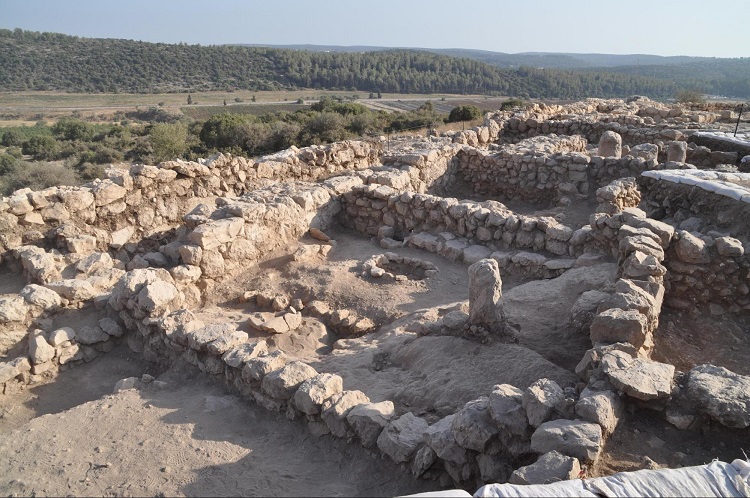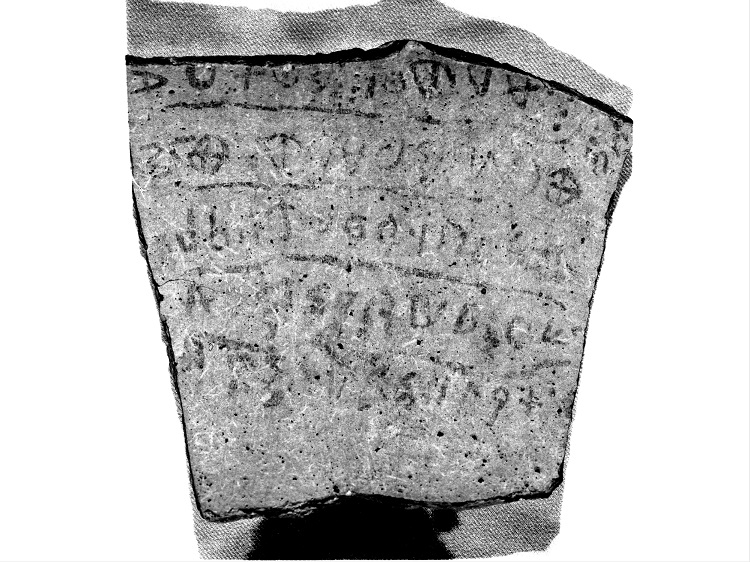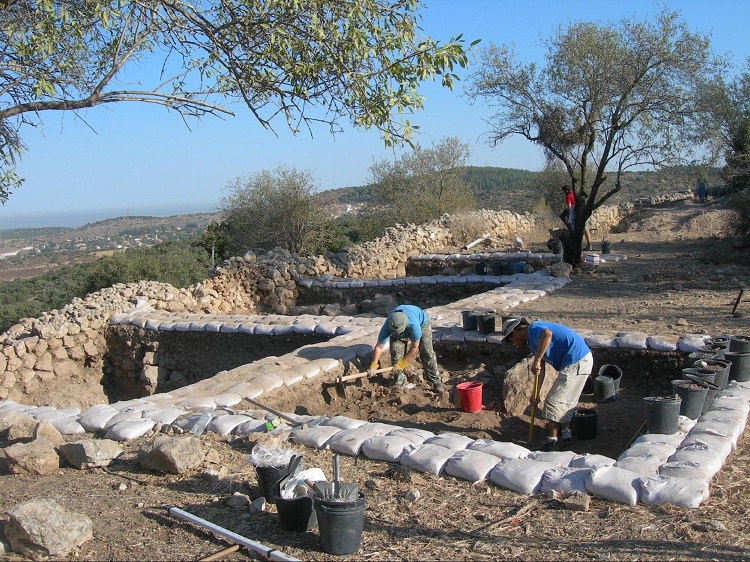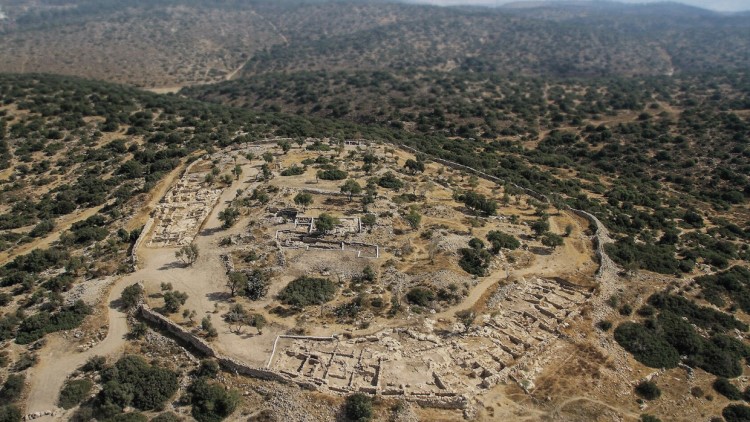Twenty-eight charred olive pits cracked the archaeology case.
Remember the story of David using his slingshot to kill the Philistine giant Goliath? Archaeologists believe that they found where that happened and Israel has now turned the site into a national park.
The 3,000-year-old site is known by its modern name, Khirbet Qeiyafa, near Beit Shemesh southwest of Jerusalem. It overlooks the Elah Valley.
Lead archaeologist Yosef Garfinkel says 28 charred olive pits unearthed from 2007 to 2013 helped crack the mystery of the site’s age. His team used carbon-14 dating to figure out how old the olive pits were.
A Fortified City from King David’s Time
“This fortified city is the only archaeological site from the time of King David,” asserts Prof. Garfinkel, the Yigal Yadin chair of archaeology at the Institute of Archaeology at Hebrew University of Jerusalem.

The ancient olive pits proved that the site now known as Khirbet Qeiyafa existed in the early 10th century BCE.
Archaeologists discovered the city’s two gates—a western one, which faced the Biblical city of Philistine Gath, and a southern one, which faced Judah. They connected the site of Khirbet Qeiyafa with the Biblical city of Sha'arayim, Hebrew for “two gates,” mentioned in the story of David and Goliath. (1 Samuel 17:52)
In a building near the southern gate, archaeologists excavated a group worship room. They uncovered two building models, one made from clay and the other carved in limestone. The latter proved the royal architecture that the Bible attributed to the palace and temple in Jerusalem was known in this region too.
Garfinkel codirected the excavations with Saar Ganor, an archaeologist with the Israel Antiquities Authority and a student at Hebrew University.
Their team identified remnants of one building found as David’s palace and the other as a massive royal storeroom. A highly centralized administration apparently took nearly 100,000 tons of stones to construct.
Bible Text Proves Accurate
Garfinkel said Khirbet Qeiyafa clearly shows that the Biblical text preserves historical memories.
Before King David’s rule, residents dwelled in small farming, tribal communities. Those areas turned into urban centers around the 10th century BCE.

“Our site indicates a social change in the time of David. We have evidence there was a process of urbanism, and that the Biblical tradition is accurate,” says Garfinkel. “We understand now how the period of David looked.”
Khirbet Qeiyafa displays the urban planning typical of other cities in the Judean kingdom, indicating a centralized state was in place in the days of King David.
Archaeologists turned up clues like pottery imported from Cyprus and objects imported from Jordan and Egypt that probably contained perfume or medicine. “This means the city was strong from an economic point of view,” according to Garfinkel.
Further evidence of an ancient civilization’s activity included thousands of sheep, goat, cow and fish bones. Casemate walls—double walls with transverse walls separating the space between them into chambers—reflected the urban planning typical of the times.
Archaeologists, students and volunteers devoted long hours to seven seasons of excavations. For six weeks each summer, they would awaken at 4 AM to drive to the site in the dark, then begin work at sunrise, with a 7 AM break for coffee and cake. They kept going until temperatures peaked at 1 PM.

Afternoons were reserved for lunch and naps. At 4 PM everyone would regroup to wash and discuss objects they had found, then enjoy dinner and a lecture.
Dig This: Museums Display King David-Era Artifacts
Major artifacts they unearthed are on display at the Israel Museum and Bible Lands Museum in Jerusalem, including shrine models, holy relics and evidence of perhaps the oldest Hebrew writing ever discovered.
Garfinkel notes that the Elah Valley was of strategic importance in King David’s time, as a corridor from the coastline up through the center of Judah and its stronghold cities of Hebron and Jerusalem.
His dig helped preserve history for generations to come. Garfinkel successfully lobbied for the 500-hectare (1,200-acre) site to become a national park instead of a new neighborhood.
“This is my greatest achievement in life,” he marvels. “I helped save the Elah Valley.”
[Published on Aish.com, August 22, 2022]

